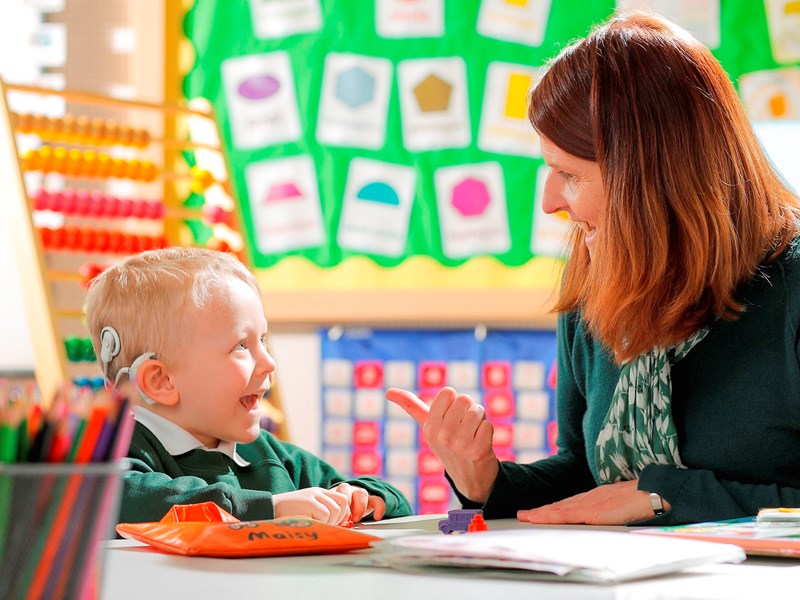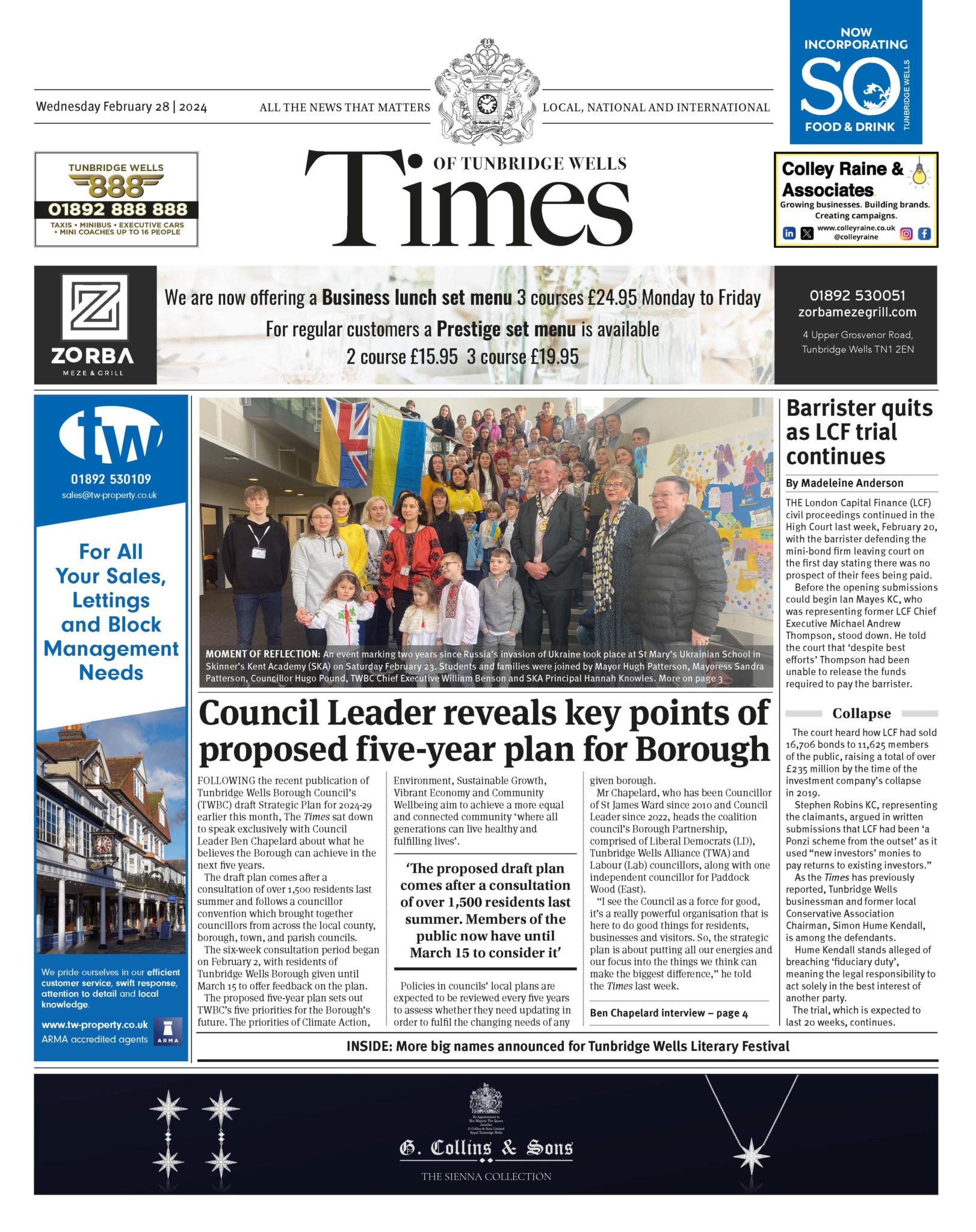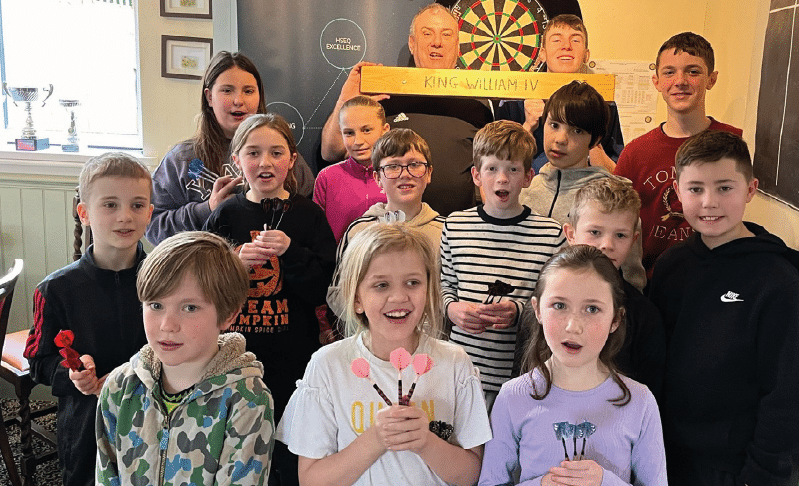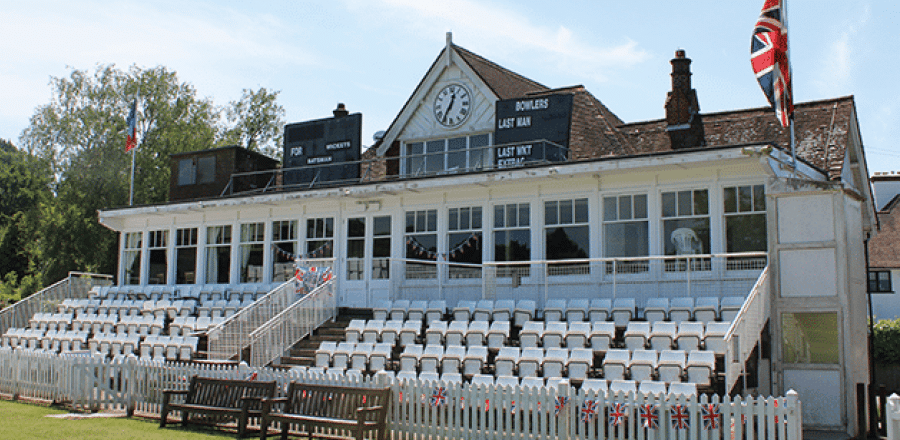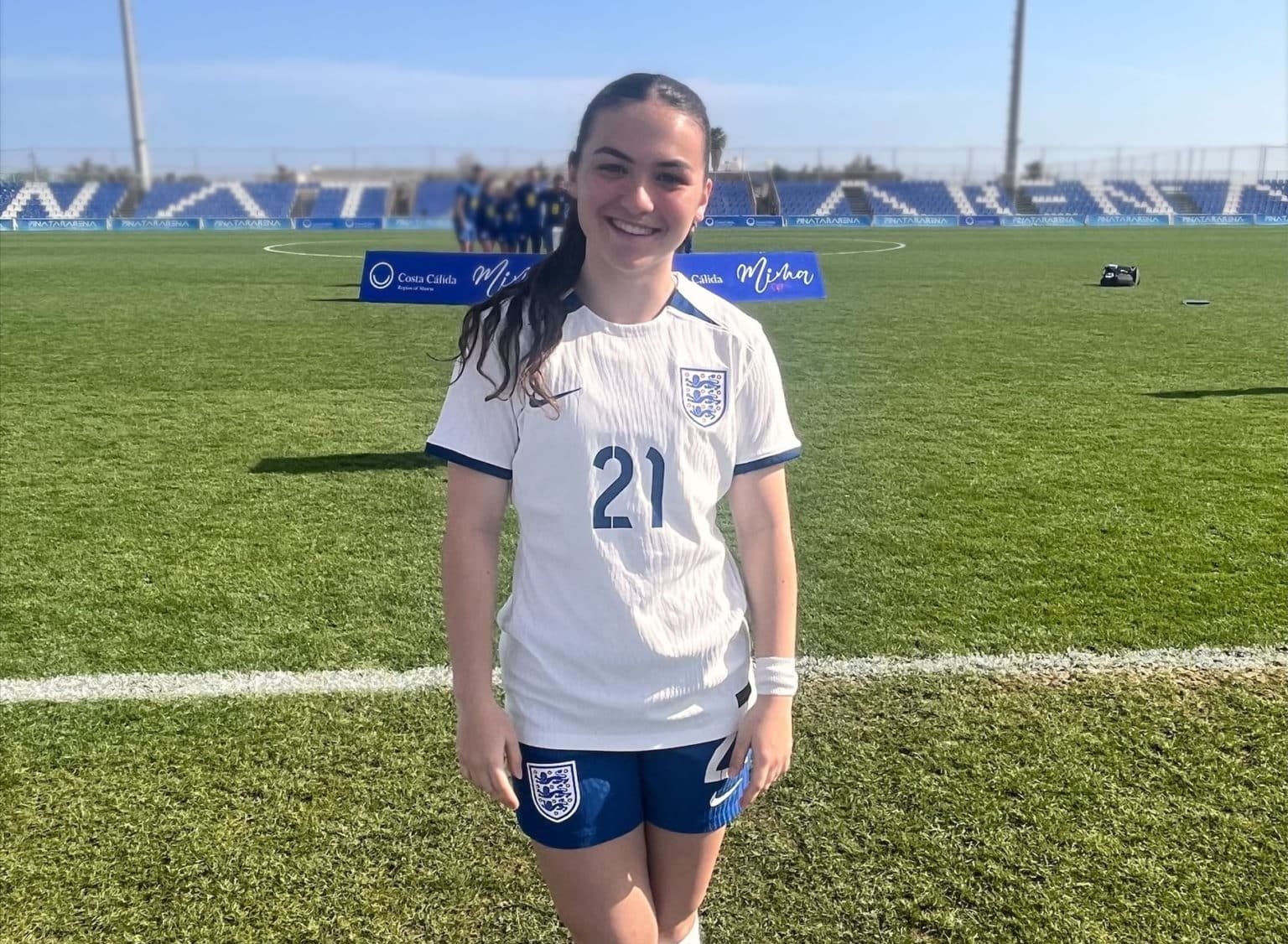A SIX-year-old boy from Tonbridge is finally learning to talk after being diagnosed as profoundly deaf when he was a baby.
Max Maidment, who attends The Slade Primary School, was one of the youngest children in the UK to have a cochlear implant fitted when he was one year old.
Thanks to the dedicated support of the Kent Community Health NHS Foundation Trust children’s speech and language therapy team, Max is now well on the way to leading a normal life.
His mother Sam said: ‘Max failed the newborn hearing test and that’s not uncommon, but when he was tested again two weeks later we were told he was profoundly deaf.
‘We were shocked and devastated. It’s not genetic, but just one of those things.’
Max was fitted with hearing aids but when these showed no signs of working the family were referred to Great Ormond Street Hospital for the cochlear implants. Less than 6,000 children in the UK have had such an implant fitted.
Sam said: ‘It’s not been easy and it’s taken a long time for his speech to catch up to where it should be.
‘He also rejected them [when new equipment was fitted] just before he started school so he spent the start of reception year using signs.
‘We had to return to Great Ormond Street and start all over again with the implants.
‘To hear him laugh, chatter and be his noisy, energetic self now is music to our ears.’
The Trust’s speech and language therapy team have been working with Max since he was one year old to help him with his communication skills – and he sees them once a week at school.
Therapist Gaynor Evans said: ‘Max has made incredible progress, particularly during the past year, and his speech is understandable to the majority of people.
‘He is now talking in simple sentences and our aim is to further develop both his understanding and use of spoken language.’
She added: ‘Cochlear implants have been available to deaf children for about 30 years now. Before this, profoundly deaf children were given hearing aids, which often didn’t give them sufficient access to spoken language.
‘This technology has opened up the communication options for children like Max, which is fantastic news.’
HOW THE IMPLANT WORKS
A microphone behind the ear picks up sound and turns it into the electrical signals, which are sent along a wire to a device on the skin.
Another piece of equipment inside the skull picks up the signals and sends them to a part of the inner ear called the cochlea.
From there they travel to the brain and are heard as sound – if the auditory nerve which sends sound to the brain is working.
PICTURE: SOUNDS GREAT: Max Maidment works with therapist Gaynor Evans


